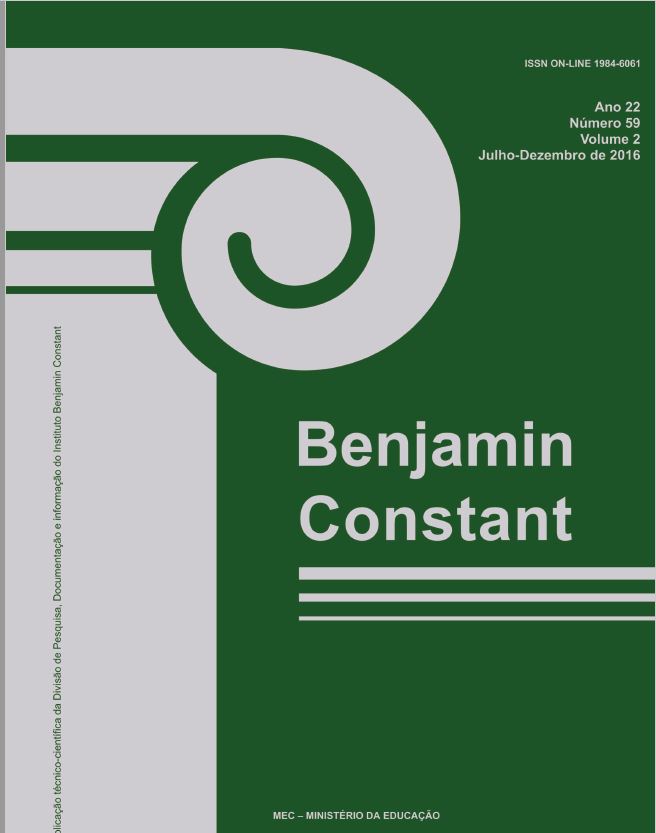Successful strategies for school inclusion of students with visual impairment in Physical Education classes
Abstract
The goal was to identify and describe the successful strategies of a Physical Education teacher for the school
inclusion of students with visual impairment. The research had a qualitative-descriptive basis. A physical
education teacher and two visually impaired students that were enrolled in regular classes from 1st to 5th year participated in the research. Four classes of each group were recorded by means of footage. The films were analyzed from Micro-genetic Analysis. In total, 22 strategies were identified from five types:1) Previous strategies; 2) Strategies for the Teaching the Activity; 3) Strategies for the Guidance and Mobility; 4) Strategies that arise from the Student Action; And, 5) Strategies for the Security. Three strategies were usual to the students with and without disabilities and 19 were specific to the students with visual impairment. It was concluded that the strategies were successful, since they created favorable conditions for the participation of students with and without disabilities in the same activity. The strategies presented two characteristics: 1) there was no linearity regarding to the types, except for the Previous Strategies, which always preceded the Strategies for Teaching the Activity; And 2) there were no exclusive or singular strategies, unlike, several of them were combined and complemented.





.png)
